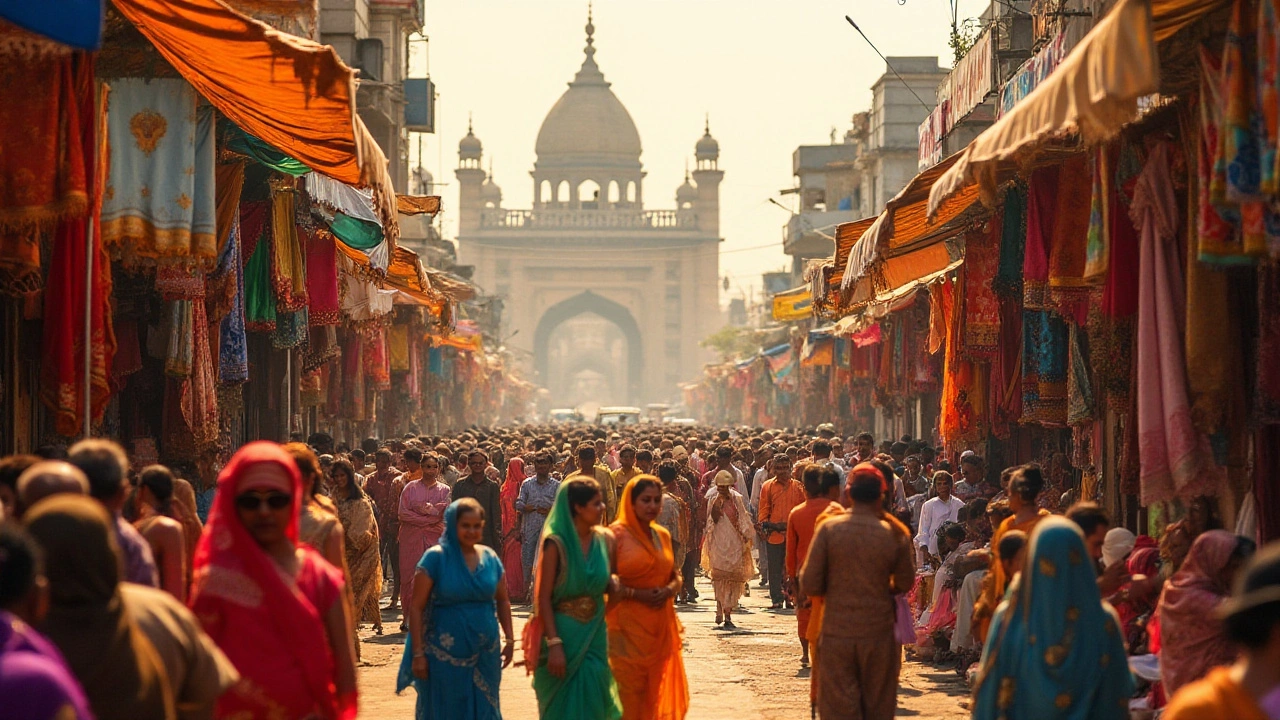Textile Market India: What’s Hot, How Much It Costs, and Where to Source
If you’ve ever wondered why India keeps popping up in global fabric talks, you’re not alone. The country isn’t just a big consumer; it’s a massive producer, exporter, and a go‑to spot for anyone looking to start a textile business. In this guide we’ll break down the biggest trends, the real numbers behind opening a factory, and the most reliable places to find wholesale fabric.
Current Trends Shaping India’s Textile Scene
First off, India’s cotton output is still king. With more than 30 million farmers growing cotton, the supply chain stays strong even when global prices wobble. At the same time, synthetic fibres like polyester are gaining ground because they’re cheap and suit fast‑fashion cycles. This mix of natural and man‑made fibres lets Indian manufacturers serve everything from high‑end designer fabrics to budget‑friendly household textiles.
Another trend to watch is sustainability. Brands worldwide are demanding eco‑friendly processes, and Indian mills are investing in water‑saving dyeing tech and organic cotton certifications. The government’s “Textiles Mission 2025” even offers incentives for green factories, so you’ll hear more about solar‑powered looms and waste‑recycling initiatives in the near future.
Starting a Textile Factory – Real Costs
Thinking of setting up shop? The headline number you’ll often see – ₹2‑3 crore – is just the tip of the iceberg. Here’s a quick rundown of the major line items:
- Land & building: Near textile hubs like Surat, Tirupur or Ludhiana, land costs range from ₹5,000 to ₹15,000 per square meter. A 5,000 m² plot can set you back ₹2‑3 crore.
- Machinery: Modern weaving looms start at ₹15‑20 lakh each, while full‑automatic dyeing units can cost ₹50‑70 lakh. Going for a mix of semi‑automatic and automatic gear keeps the budget balanced.
- Power & utilities: Expect a monthly electricity bill of ₹2‑3 lakh once you’re running at 70 % capacity. Installing a solar plant can cut that by up to 40 % over five years.
- Regulatory fees: Licenses, pollution control board clearances, and factory registration add up to roughly ₹10‑15 lakh.
- Working capital: Raw cotton, synthetic fibre, labor wages, and logistics usually need a buffer of ₹1‑1.5 crore for the first six months.
All told, a modest mid‑size textile unit typically needs a total investment of ₹5‑7 crore. It sounds hefty, but remember the export potential – Indian textile exports topped $45 billion last year, and the market is still growing.
Finding Reliable Wholesale Fabric Suppliers
When you’re not producing your own fabric yet, buying wholesale is the smartest move. Countries like Bangladesh, Vietnam, and China still dominate the low‑cost segment, but India itself is a goldmine for quality raw material. Look for suppliers in Gujarat and Maharashtra; they specialize in cotton, silk, and blended fabrics at competitive rates.
Key things to check before signing a deal:
- Sample quality: Always request a physical sample. Check colour fastness, thread count, and feel.
- Certification: ISO‑9001, OEKO‑Tex, or GOTS labels give you confidence in consistency and sustainability.
- Lead time: Indian suppliers typically ship within 2‑3 weeks for bulk orders. Factor in customs clearance if you’re importing.
- Payment terms: Reputable dealers offer 30‑day net or letter‑of‑credit options, reducing cash‑flow stress.
Platforms like IndiaMART and TradeIndia list thousands of verified fabric exporters. A quick chat with their sales team can reveal hidden discounts for repeat orders or large volumes.
Bottom line: India’s textile market offers a blend of affordability, variety, and growing eco‑consciousness. Whether you’re budgeting for a new factory or scouting wholesale fabrics, the country’s infrastructure and government support make it a solid choice. Start small, keep an eye on sustainability trends, and you’ll find the right mix of cost and quality to keep your business moving forward.

Discovering the Largest Textile Hub in India
India is home to some of the largest textile markets in the world, each with its own unique character and significant contribution to the industry. Among these, one stands out due to its scale and influence: Surat. Known as the 'Silk City', Surat is renowned for its vibrant textile trade and manufacturing prowess. Aspiring entrepreneurs and established industry players alike flock to this bustling hub, drawn by its reputation for quality, variety, and innovation in textiles.
